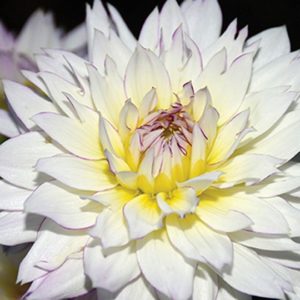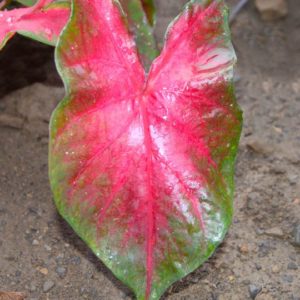Description
Cosmos is a true American native being indigenous to the southwestern United States and Mexico. The name, Cosmos, comes from the Greek word meaning harmony or ordered universe. This is probably a reference to the ordered arrangement of the plant’s petals. The plant was grown by Spanish priests in their mission gardens and was carried to Europe where it became known as “peasant’s flowers” because of its ability to grow in the poor soils surrounding peasant cottages. In the United States, as early as 1838, the much respected New York seedsman, Grant Thorburn was offering a 6 foot tall, “late Cosmos” in his seed catalogs. In 1799, the plant was introduced into Britain with little success. Cosmos is a short day plant meaning that it begins to form buds and produce flowers as the days shorten in the fall. In Britain, gardeners rarely saw the blooms of cosmos because frost had destroyed the plant before it had a chance to flower. Breeding programs over the next 100 years solved this problem and also created flowers with brighter colors, fancier petals and double blossoms. In 1930, a cosmos was introduced that excited the industry and significantly enhanced the popularity of the plant. This was Cosmos Sensation. Sensation took only 56 days to flower so it could be grown in northern gardens. Its blossoms were large, sometimes as much as 4 inches in diameter, and it had a range of beautiful, vivid colors which included crimson, white, bright pink and magenta. The plant was so revolutionary that in 1936 it won the All-America Award of Merit. Soon after the introduction of Sensation, Sea Shells, a striking variety with curiously quilled (rolled) petals was introduced. Bright Lights is a fairly recent introduction having been developed from a cosmos strain, cosmos sulfurous, which is native to Mexico. Cosmos sulphureus is the progenitor of all the yellow, orange and rust colored varieties of the plant.
[/ultimate_heading]





